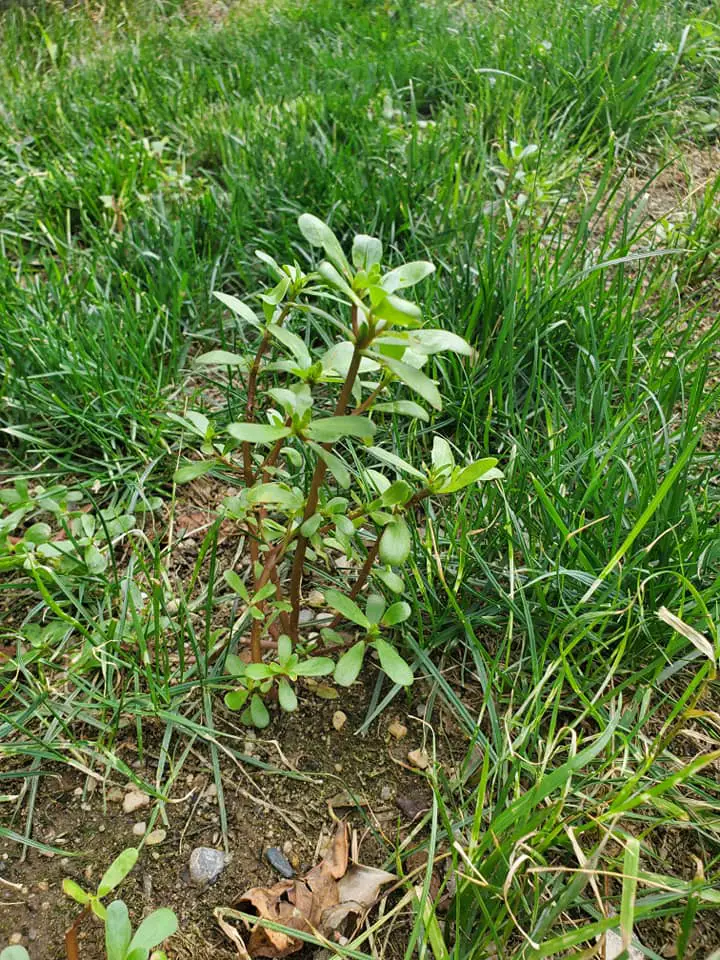Broadleaf weeds, perennial weeds, perennial broadleaf weeds, annual weeds–the truth is, there are lots of lawn weeds that can affect the health and well-being of your lawn. Here, we’ve gathered information about identifying the most common lawn weeds along with the best weed control measures so you can get rid of common weeds like white clover or wild violet and maintain an attractive, healthy, weed-free lawn.
Broadleaf Weeds
Broadleaf weeds include common lawn dandelion and other common annual and perennial weeds. Broadleaf weeds may appear quite different from one another, but they often share this trait: their wide leaves (relatively speaking to the plant’s size) have a central vein that runs along it with smaller veins that branch from it. Frequently, these weeds produce small flowers and are easier to identify as weeds because they’re quite distinctively different in appearance from grass. To get rid of broadleaf weeds from your lawn, you can use a broadleaf selective herbicide such as Tzone. While hand pulling might suffice for a couple of weeds, broadleaf herbicides are most effective for eradicating these tenacious lawn and garden weeds.
Black Medic
Black medic, also known as yellow clover, is an annual summer weed that is low-growing and produces small yellow flowers. It has teardrop-shaped leaves and also produces hairy stems that trail out from its base. It’s best to contend with black medic before it produces its weed seeds. You can deter black medic from taking up residence in your yard by improving any nitrogen deficiency it may be suffering from. Black medic prefers marginal soils that are low in nitrogen.
Buttercup
A perennial plant, buttercup features light green leaves and bright yellow flowers that bloom between May and August. There are a few different buttercup weeds that invade turf grass; creeping buttercup tends to be the most aggressive as it spreads aggressively via its stolons. For large infestations of this perennial weed, hand pulling is usually ineffective. Use a broadleaf selective herbicide for more reliable weed control to eliminate buttercup from your lawn.
Chickweed
Chickweed is a common lawn weed that produces small white flowers. It’s an annual weed that grows in dense mats. It prefers moist soils that are high in nitrogen. A single plant can produce up to 30,000 weeds so it’s best to eliminate this weed before it forms seed heads. Use a selective herbicide to eradicate chickweed in early spring. You can use a non-selective herbicide to eliminate it from garden beds providing you only apply it to the weed, or it will kill surrounding plants.
Creeping Charlie
Creeping charlie, also called ground ivy, is an aggressively spreading perennial weed that spreads by seed and creeping stems. A member of the mint family, this weed features kidney-shaped leaves with scalloped edges. This lawn weed prefers moist soil and partial shade. If you prefer to pull weeds by hand, you’ll likely have to repeat the process a number of times to eliminate creeping charlie. Otherwise, you can use a selective herbicide to kill this lawn weed. Try Tzone to kill creeping charlie in your lawn or garden bed.
Daisy Weeds
In terms of weed identification, daisy weeds are easy to spot because of their telltale daisy blooms–small white flowers with yellow centers. This perennial weed is not so easy to eradicate, however, as it spreads via seeds and rhizomes. Daisy weeds thrive in soils with poor nutrient content. Improving lawn and soil health can help deter lawn weeds like daisies. To eradicate these lawn weeds, use a selective weed killer. You may need to apply a second application about 6-8 weeks after your initial spray.
Dandelion
Dandelions are also easy-to-identify lawn weeds with their bright yellow flowers and serrated green leaves. Dandelions, herbaceous perennial weeds, will happily sprout in lawns or garden beds–even sidewalk cracks. Dandelions form a long taproot, so if you prefer to pull weeds, you’ll need to pull up the entire root, or the dandelion will grow back. For chemical weed control, you can apply a pre-emergent herbicide or post-emergent herbicide that’s formulated for this type of weed.
Hairy Bittercress
Hairy bittercress is an annual weed that thrives with spring rains. This lawn weed has green heart-shaped leaves and produces small white flowers. It’s also generally, one of the first lawn weeds to emerge in early spring. The seed heads can propel seeds as far as 16 feet from the plant, so it’s best to control this weed before that happens by applying a pre-emergent herbicide.
Henbit
Often confused with purple deadnettle, henbit has egg-shaped rather than triangular leaves. This annual weed produces purple flowers in the spring and develops a fibrous root system. It’s known to grow to a height of 16 feet, so it’s not typically challenging in terms of weed identification. For best weed control results, apply herbicide in the fall and early spring to eradicate henbit from your lawn or garden beds.
Knotweed
Knotweed is a tenacious perennial weed that is highly invasive and will thrive in soils and conditions that many other plants will not. It produces clusters of greenish-white flowers and can grow to a height of 10 feet or more if left unchecked. Its reddish-brown stems have a bamboo-like appearance. Knotweed forms an extensive root system, which makes it difficult to control. Many gardeners have to contend with this garden and lawn weed multiple times before they’re able to eradicate it. Ideally, plan to cut back the plant as it grows and apply herbicide in early summer with a follow-up application (if needed) in fall.
Oxalis
Oxalis, also known as yellow wood sorrel, is a perennial weed that features heart-shaped leaves and looks similar to clover. However, it produces small, five-petalled yellow flowers. Oxalis spreads via seeds and rhizomes. To control this lawn weed that will also thrive in garden beds, you can use a non-selective herbicide for spot treatment. To treat a large lawn infestation, however, opt for a post-emergent herbicide.
Purple Deadnettle
Purple deadnettle is a member of the mint family. It’s an annual weed that looks like henbit, but its dark green leaves are triangular. Purple deadnettle produces tubular-shaped purple flowers in the spring. The upper leaves of this lawn weed have a more reddish or purplish tint than the lower leaves. To eradicate purple deadnettle from lawns and garden beds, use a pre-emergent or post-emergent herbicide.
Purslane
An annual broadleaf weed, purslane features fleshy succulent light green leaves and reddish stems. It forms a dense mat and produces little yellow flowers. This lawn weed can spread thousands of seeds that can remain viable for more than 20 years in the soil. To prevent purslane from taking over turf grasses, apply a pre-emergent herbicide. When it comes to purslane, mature plants are tougher to eradicate than young ones.
White Clover
A common lawn weed, white clover, is a perennial weed that is low growing and produces small white flowers with a greenish-brownish center. It produces vibrant green tear-shaped leaves–in sets of three leaflets. In terms of weed identification, this weed isn’t hard to identify, but it can be hard to eliminate. Keeping your lawn well fertilized will help reduce white clover outbreaks. Best weed control measures involve the use of broadleaf herbicides like a selective herbicide that is formulated to kill this lawn and garden weed.
Wild Carrot
Wild carrot, aka queen Anne’s lace, is a biennial weed that resembles poison hemlock. Weed identification in this matter is especially important as one shouldn’t handle poison hemlock, which can cause severe skin irritation. Wild carrot has feathery yellow-green leaves and tall stems that support its lace-like white flowers. It’s important to identify weeds before you pull weeds. Wild carrot weed may cause mild skin irritation, though poison hemlock is among the most poisonous plants. Wild carrot produces a hairy stem; poison hemlock has a waxy stem with purplish splotches. To control wild carrots, apply a selective pre or post-emergent herbicide.
Wild Violet
A perennial weed that prefers shady conditions, wild violet produces purple flowers in early spring. It features dark green leaves that have a slightly waxy appearance. While some people enjoy this weed’s purple flowers, others cannot abide by them. This lawn weed spreads aggressively, especially with its underground rhizomes. Use a selective broadleaf herbicide to eradicate wild violet from lawns and garden beds.
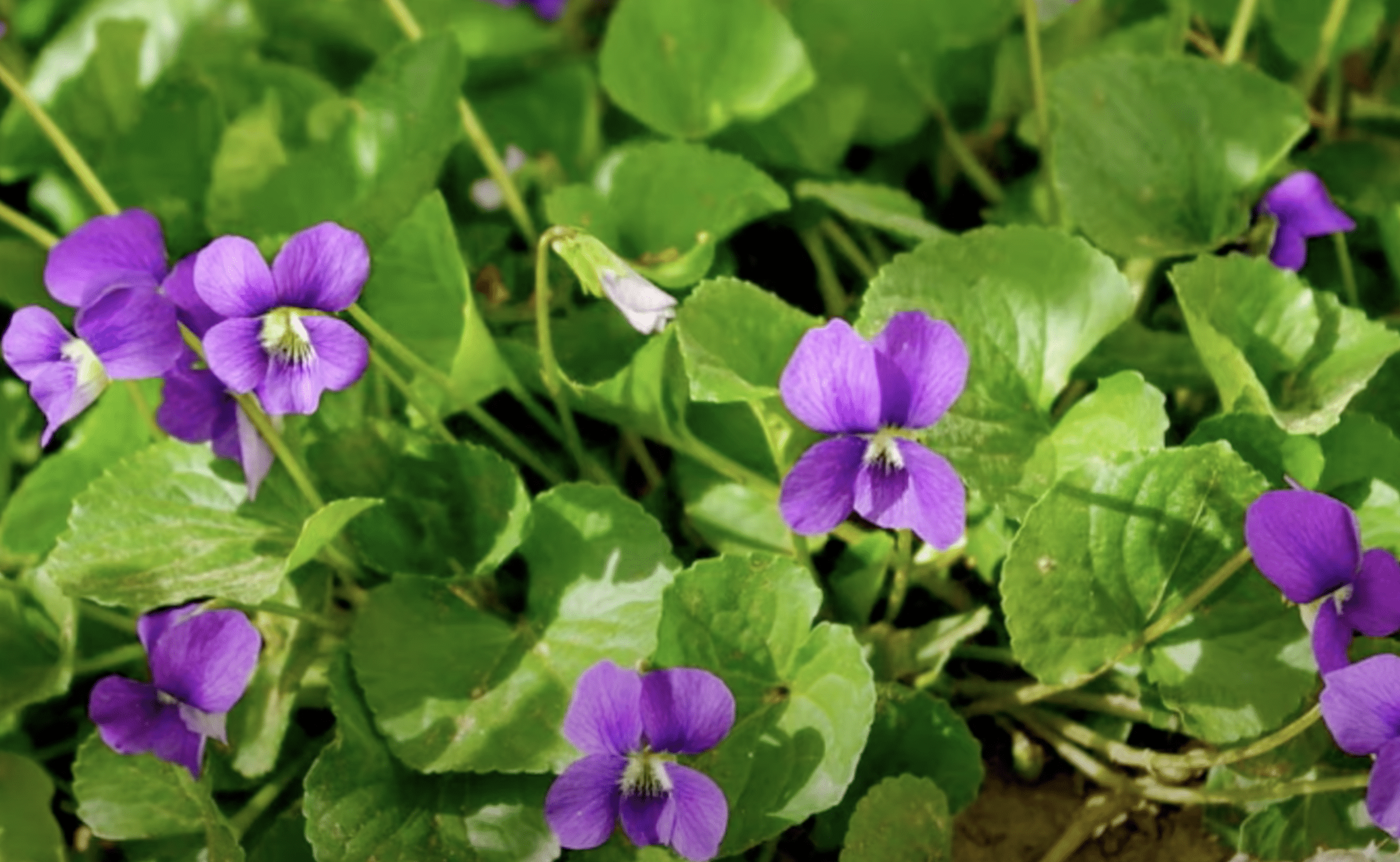

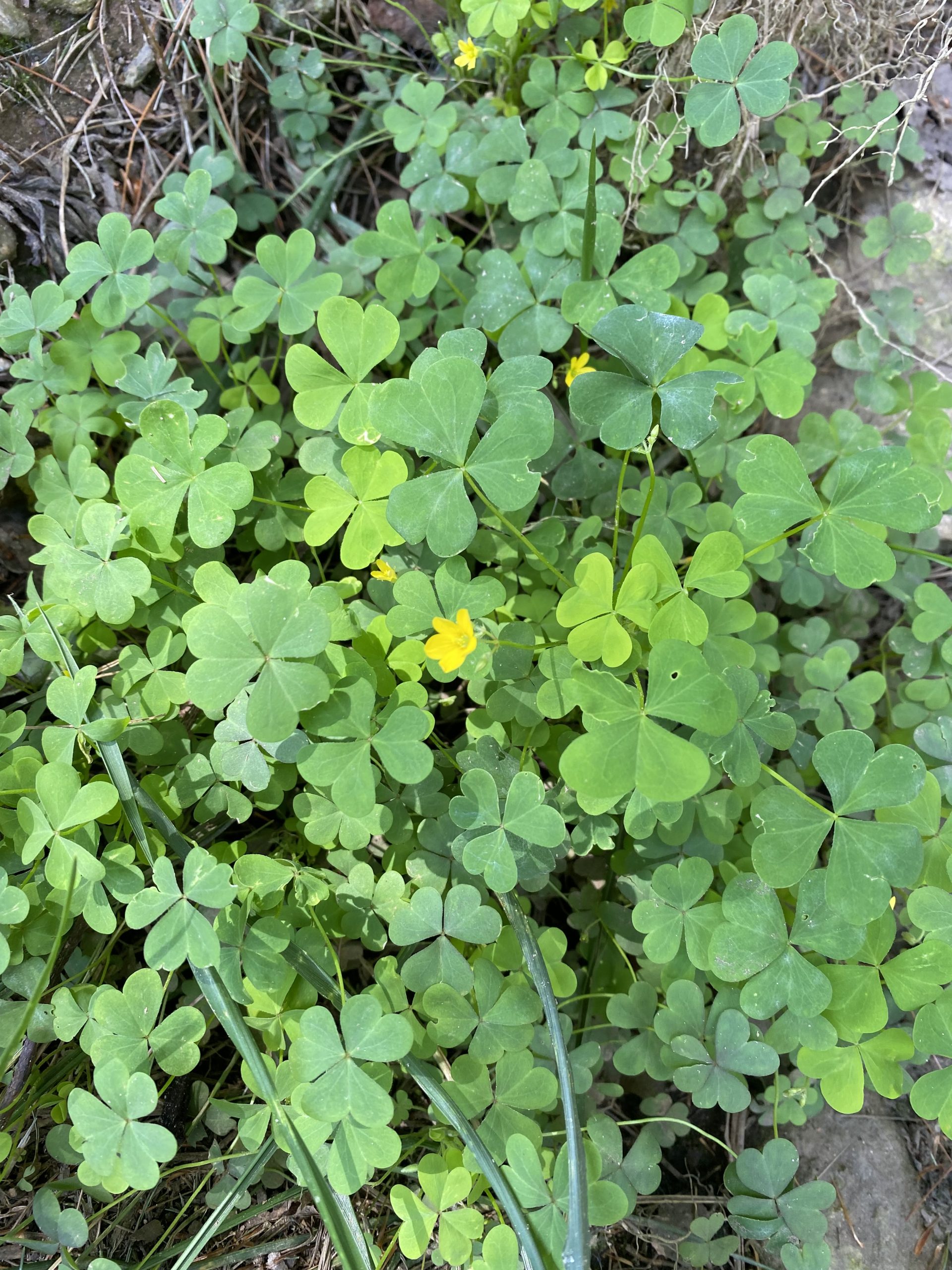
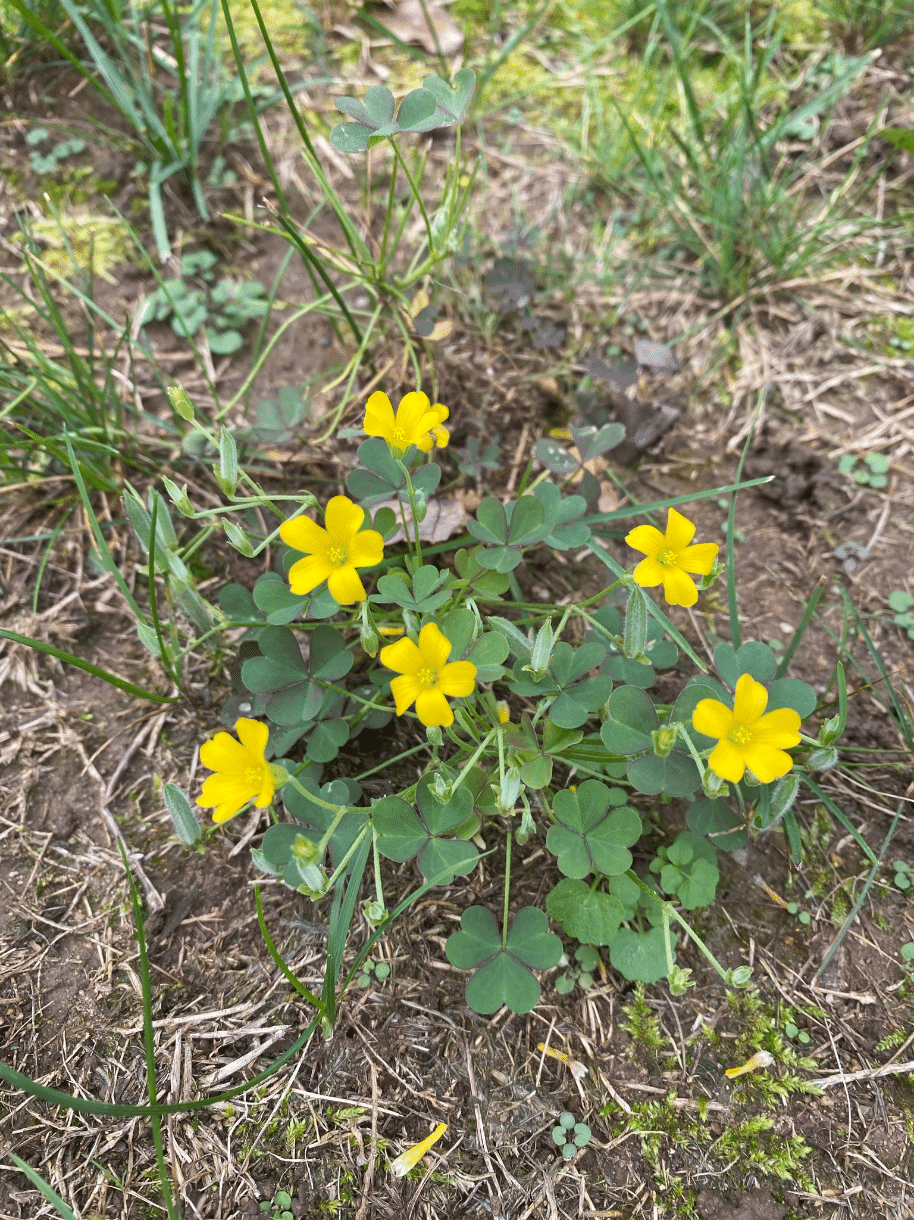
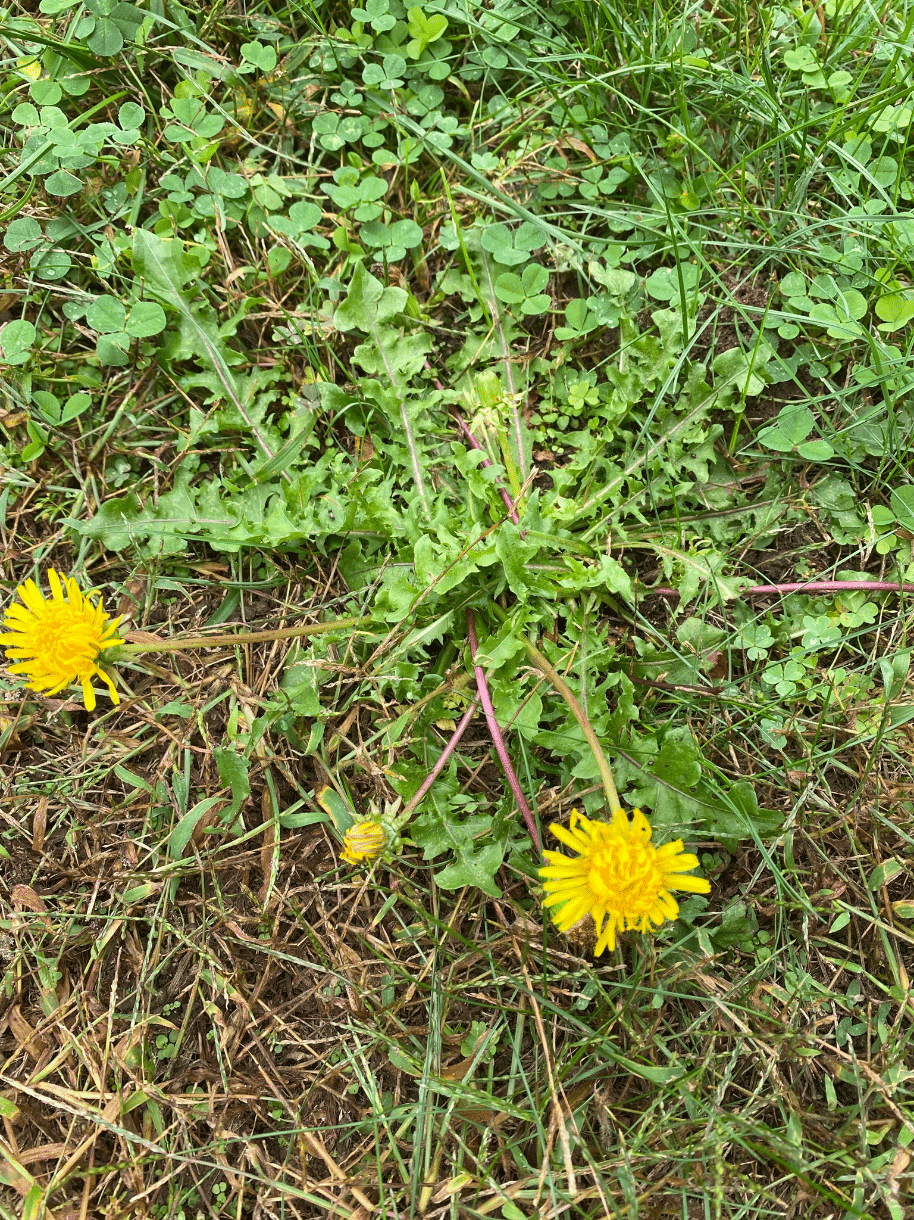
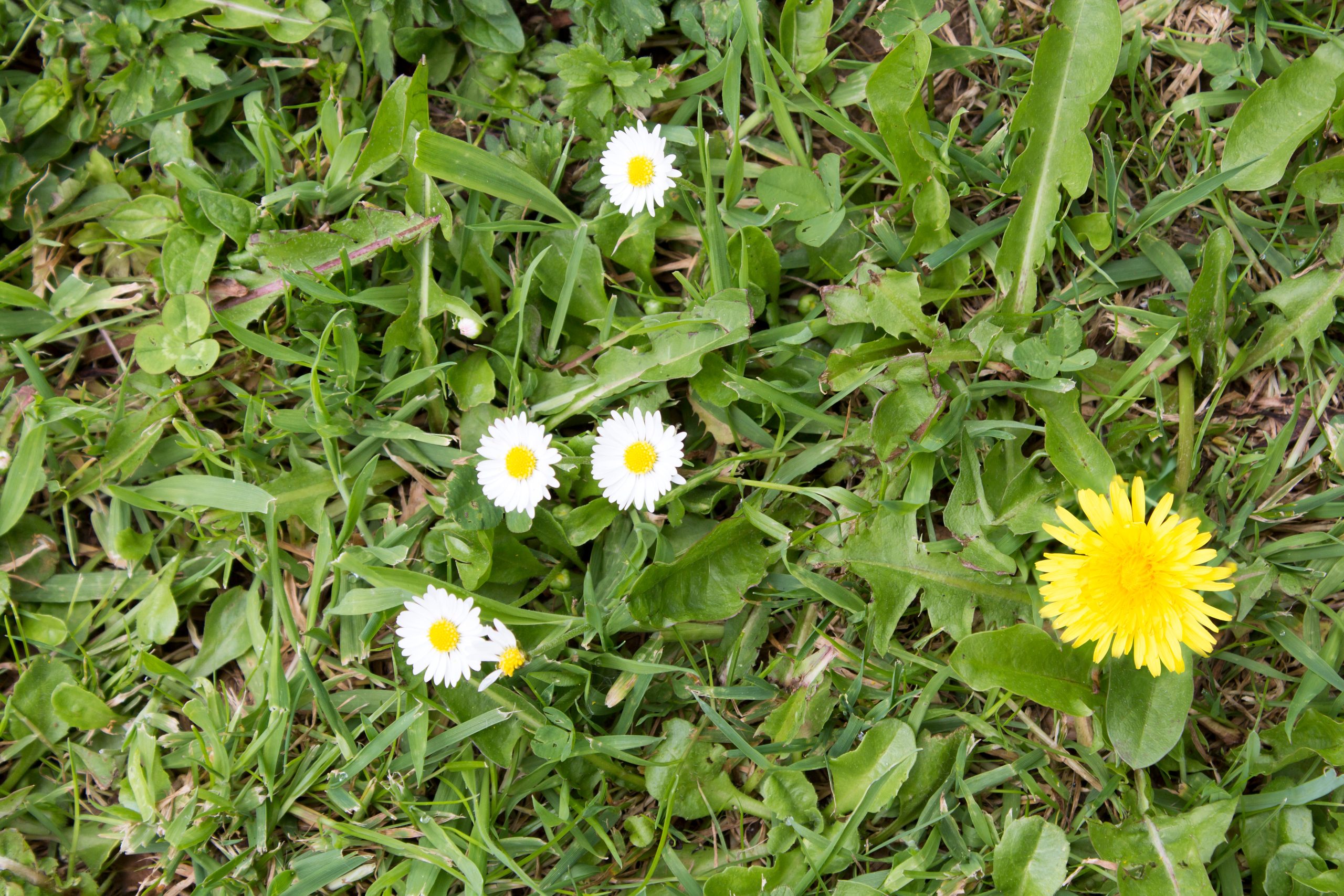
Grassy Weeds
Because of their grass-like appearance, grassy weeds can be tricky when it comes to weed identification. Grassy weeds produce a long, narrow leaf (like grasses and sedges) that has parallel veins. They also have hollow round stems. Examples of grassy weeds include crabgrass and bermuda grass. Ideally, it’s best to get rid of grassy weeds using pre-emergent herbicides formulated to kill the lawn weed in question.
Bermuda Grass
Bermuda grass is a perennial turf grass as well as an annual weed. It’s dark green and spreads via rhizomes and stolons. Bermuda grass grows rapidly, which has made it a popular turf grass in warm climates, but it also spreads aggressively and can invade other lawn types. To get rid of Bermuda grass, it’s usually necessary to use a non-selective herbicide for spot treatment or an herbicide that’s formulated ed to kill Bermudagrass.
Crabgrass
Crabgrass is a prostrate weed with stiff, coarse grass blades. It grows rapidly and can grow upwards of two feet tall. Controlling crabgrass is most effective when using a pre-emergent herbicide that does not contain nitrogen. It’s not uncommon for a second herbicide application to be needed for about 6-8 weeds from the first application.
Nutsedge
Nutsedge weeds are tenacious lawn weeds that typically feature light green leaves with textured edges. They have a center ‘rib’ in each leaf that forms a V shape. Some nutsedges flower, which means they can spread via seeds as well as by rhizomes and stolons. To control this weed, use an herbicide that is formulated to kill nutsedges.
Poa Annua
Also known as annual bluegrass, poa annua is an annual grassy weed that has a slightly creeping growth habit. It features bright green leaves with blunted tips and grows in clumps. It can be easy to spot because it usually grows taller than the surrounding grass. It prefers heavily compacted soils and is extremely hard to kill because it produces thousands of seeds. Therefore, aim to use a pre-emergent herbicide to eliminate it from your lawn.

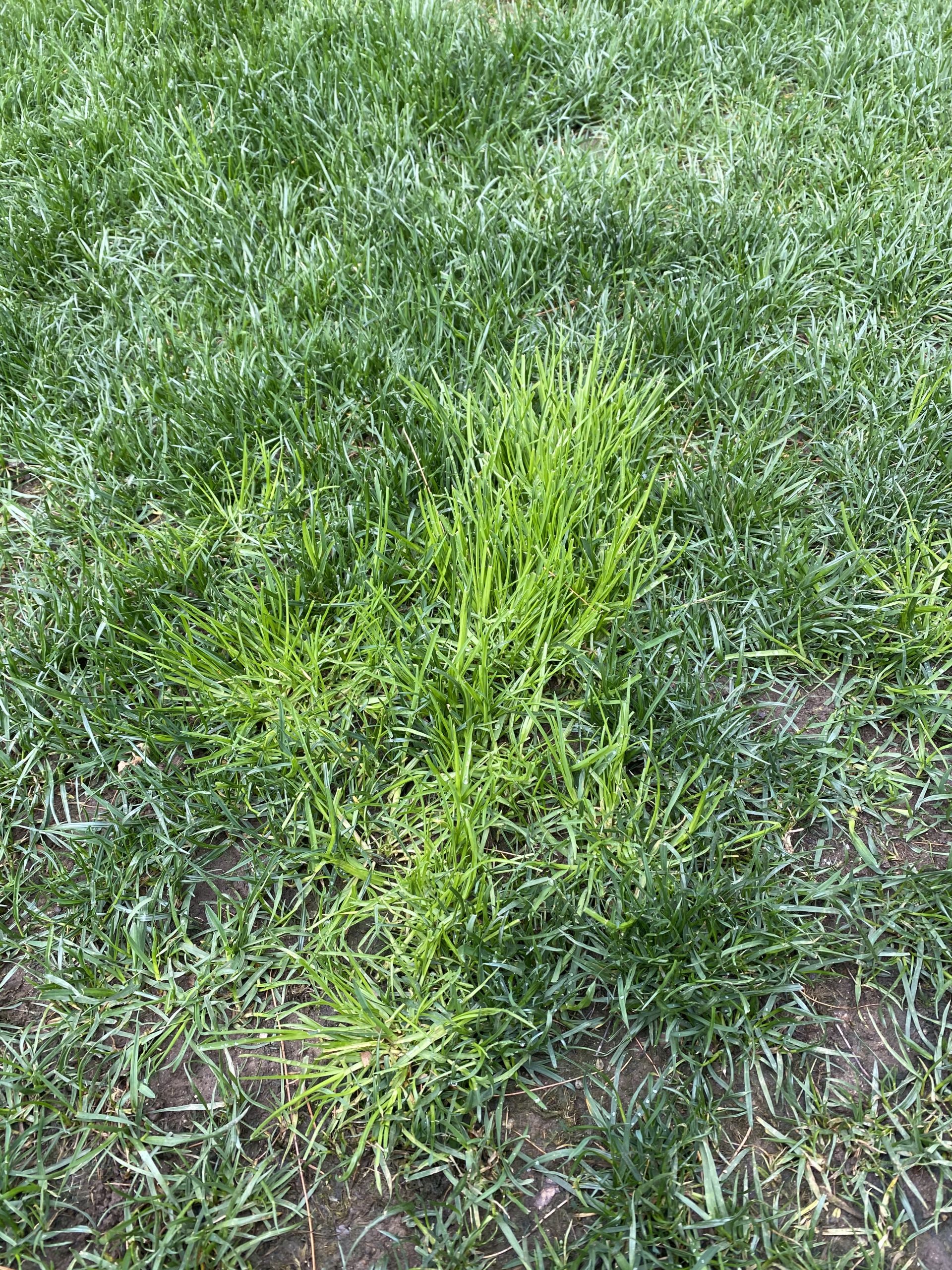
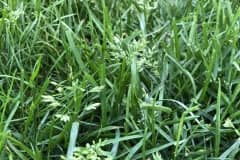
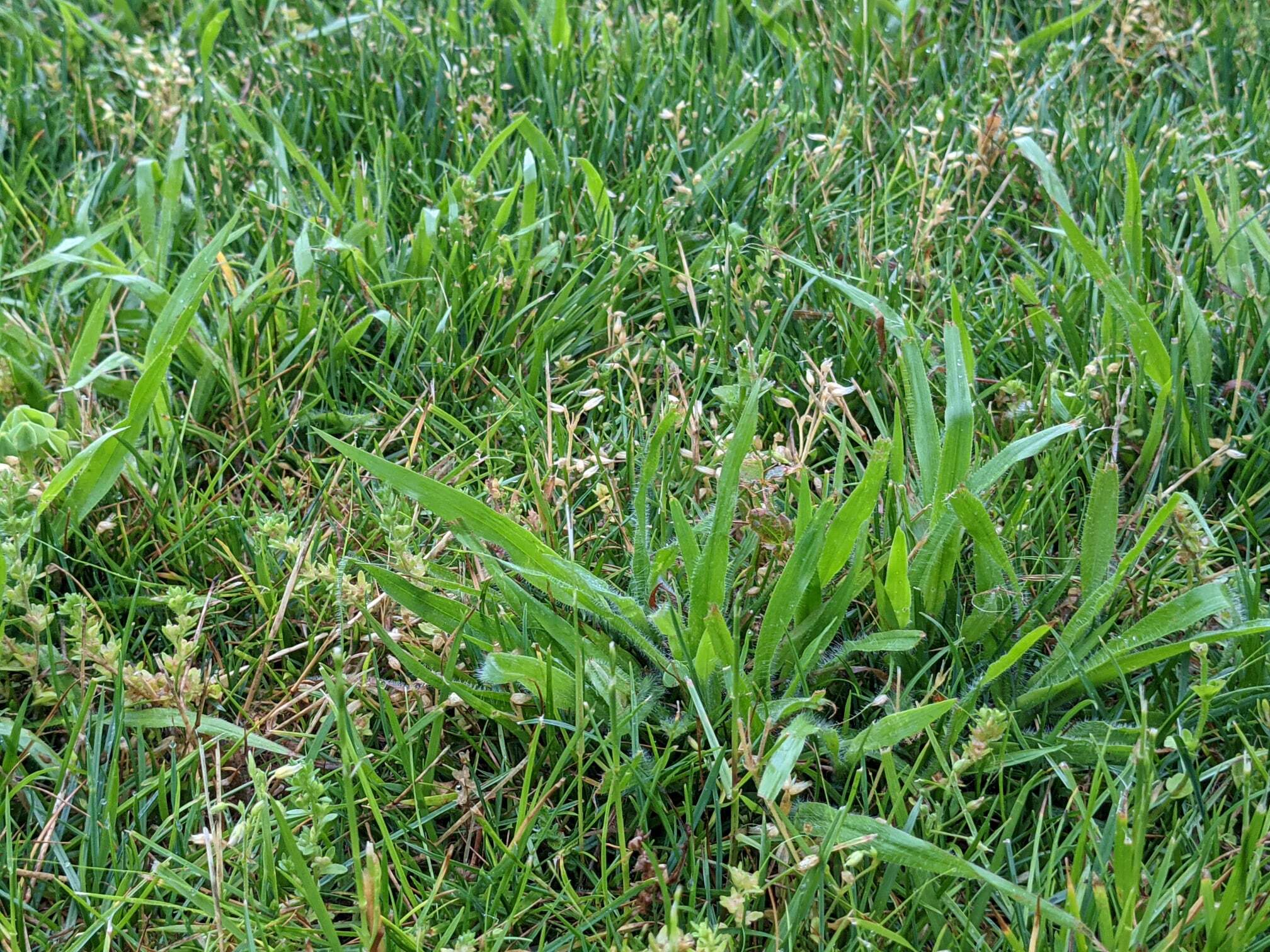
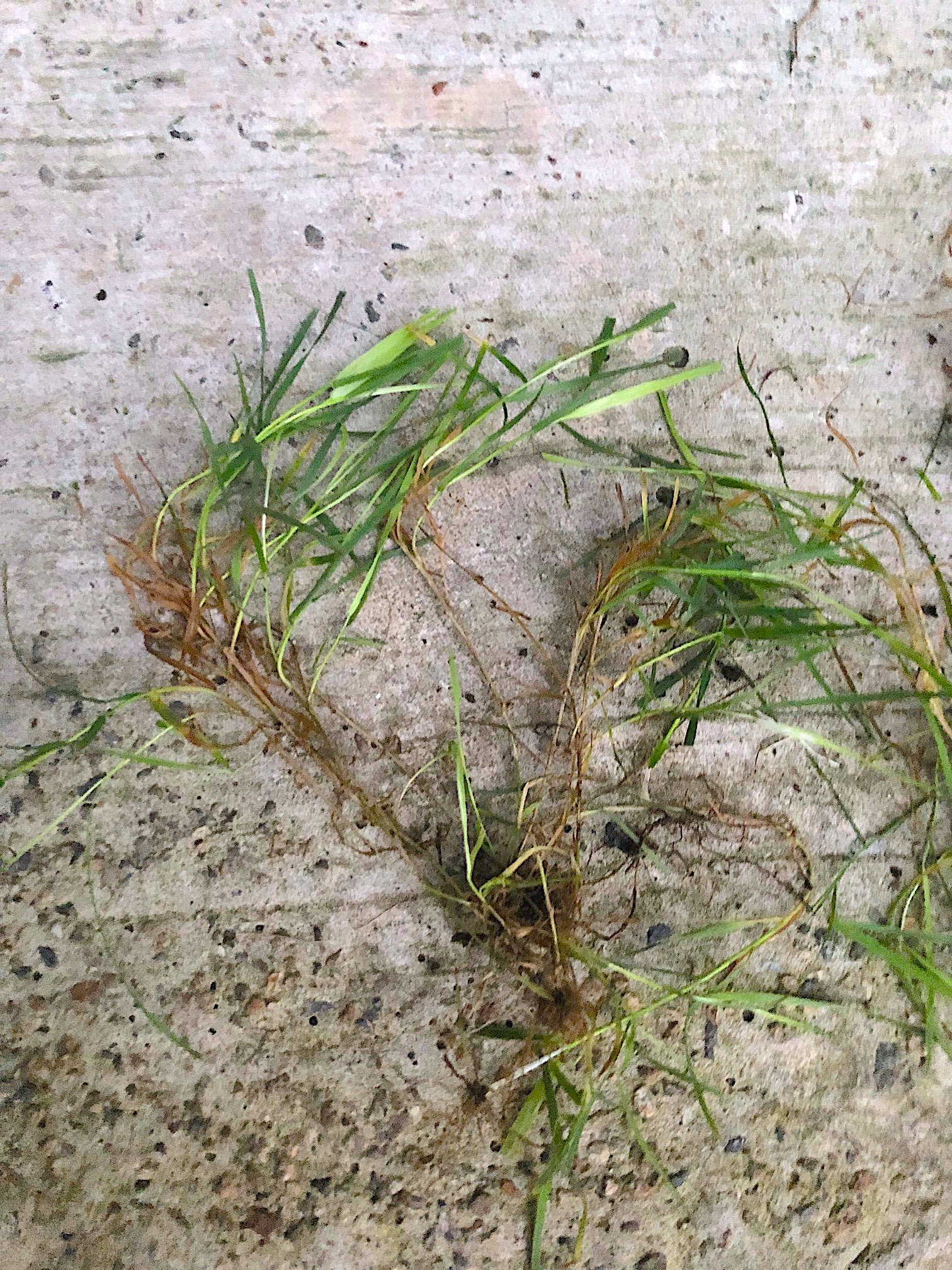
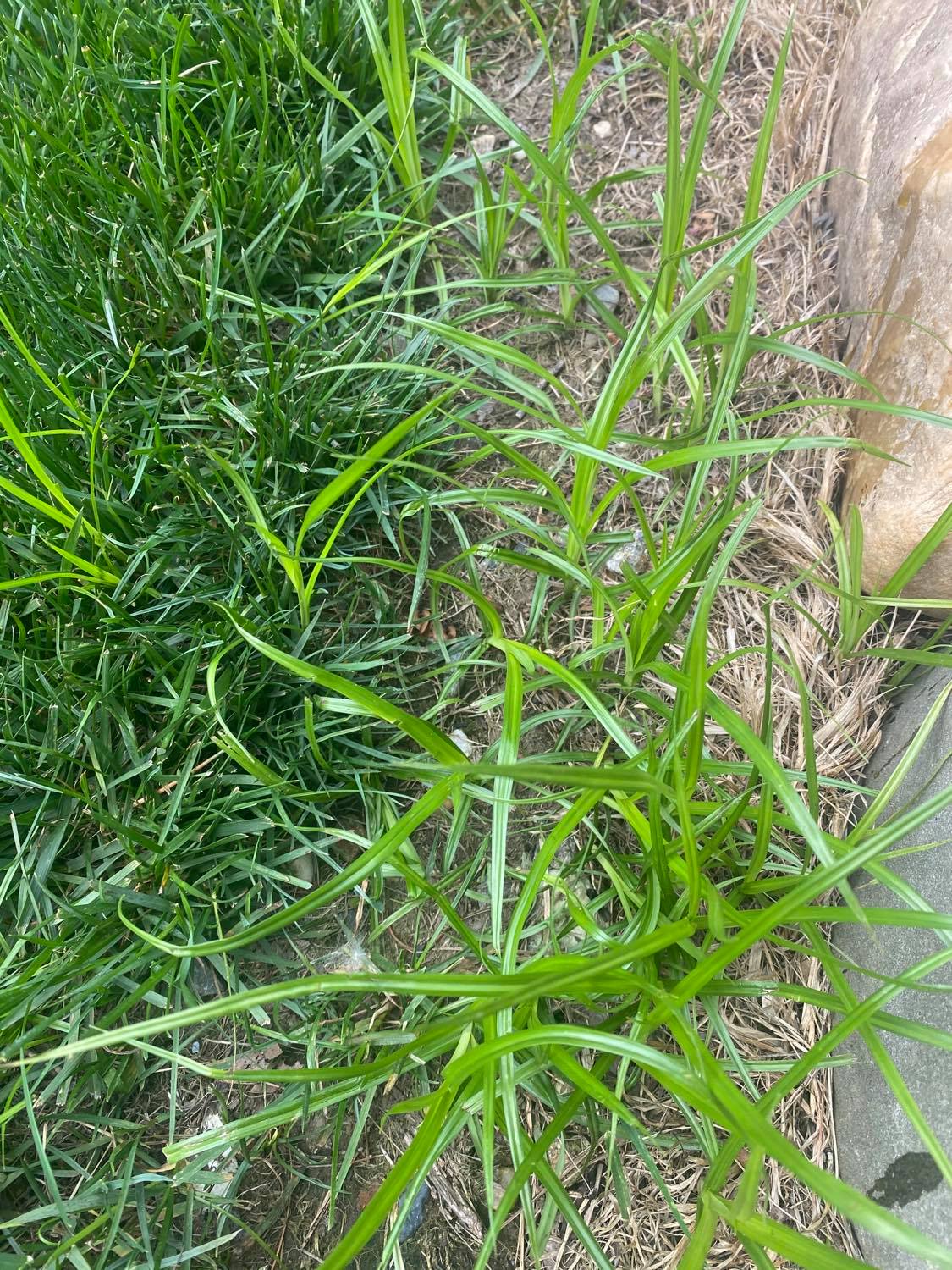
Common Lawn Weeds FAQs
What are the five worst lawn weeds?
As a rule, most weeds are seen as dreadful plants in lawns. Perhaps the five most loathed broadleaf and grassy weeds include crabgrass, nutsedge, knotweed, purslane, and creeping charlie (ground ivy).
What are common weeds in Massachusetts?
Common weeds in Massachusetts include wild violet, white clover, crabgrass, broadleaf plantain, and dandelions.
Why is my lawn suddenly full of weeds?
In many cases, a struggling lawn is an invitation for weeds. Both lawn and garden weeds can also grow in poor soil. Identify weeds in your lawn so that you can research why they’re thriving in your lawn and how to get rid of them.

